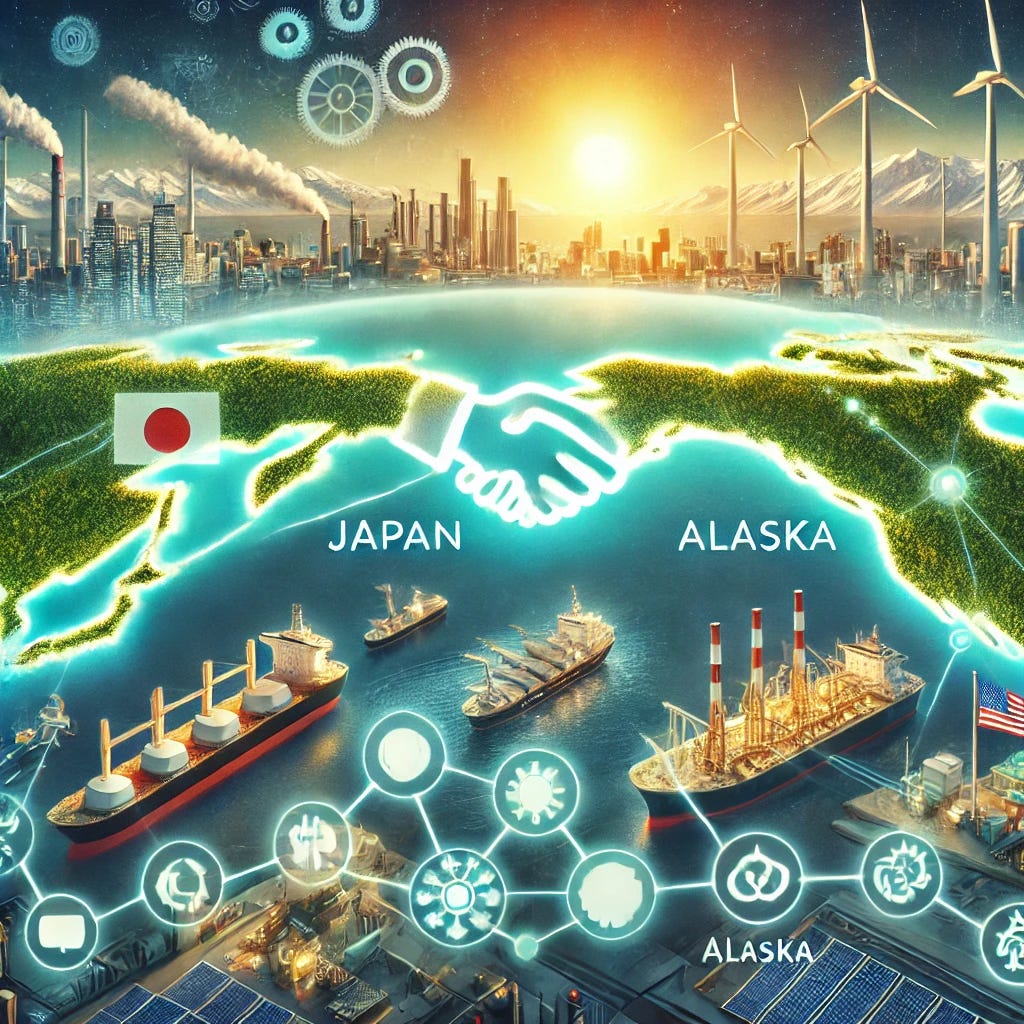Countries lacking natural resources have always looked abroad to meet their needs, and this holds true for carbon storage (CCUS) and low-carbon fuels like hydrogen and ammonia.
A great example from last week:
Sumitomo Corporation, "K" line (Kawasaki Kisen Kaisha, Ltd), and Hilcorp Alaska have teamed up to explore the feasibility of transporting CO2 from Japan to Alaska for long-term storage. Formalized during an event co-hosted by Japan’s Ministry of Economy, Trade and Industry (METI) and the U.S. Department of Energy (DOE), this marks Japan's first cross-border CCS initiative with the U.S.
Why partner?
[1] Limited Domestic Storage: Japan's geography and earthquake risks limit its carbon storage options, making overseas solutions like Alaska ideal.
[2] Alaska’s Storage Potential: Cook Inlet's geological formations offer ample capacity, far exceeding Japan's annual emissions.
[3] Energy Relationships: Alaska has long exported LNG to Japan. Now, CCS can capture and store emissions back in Alaska, fostering collaboration.
This partnership showcases Japan’s strategy to overcome domestic limitations and leverage international cooperation to meet its 2050 decarbonization targets—a relationship built on interdependence.
Discussion about this post
No posts


